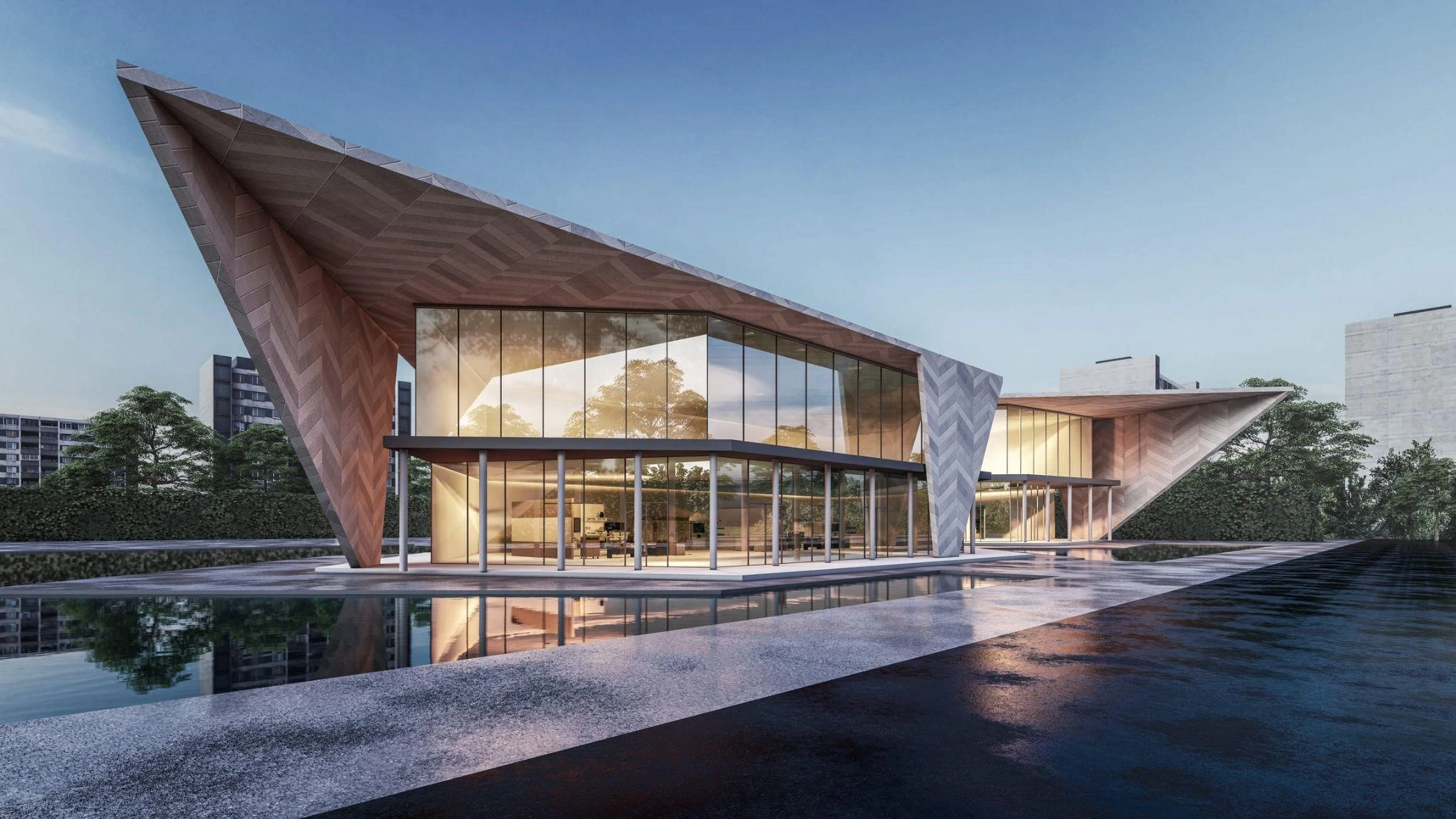What Will Change in Architectural Visualization in 2025?
Big strides in architectural visualization have already been accentuated by modern technology, with clients now expecting to engage more in the designs. As we move towards 2025, advancements like real-time visualization, photorealism, and AI are changing the game of how architects design and present their work. And we are here to learn more about it.

Which Trends Are Shaping the Future of Architectural Visualization?
Real-Time Rendering and Virtual Reality in Architecture
Real-time rendering technologies with VR or AR revolutionize how projects are sold. Clients can now walk inside their projects and feel as if they are inside, thanks to a VR headset.
AR also helps in the aspect where it projects designs inside the environment for better visualization of alterations or extensions. With the 2025 rendering technology, the design process becomes more interactive by allowing the viewer to experience what they are merely being told.
Photorealistic Rendering Techniques
With the help of inventive software, photorealistic rendering has become easier, as developers have been able to efficiently develop programs capable of getting better results. Natural lights, textures, and even materials can now be perfectly replicated by programs such as V-Ray and Lumion, creating stunningly photographic images.
With the use of these hyper realistic photos, customers can have a perceptive impression of the design in terms of the dynamics of how light beams cross the surface of the windows to imagine what the floor covering will be like.
This diminishes the chances of misunderstandings and enhances the level of confidence before the actual realization of the project. Also, these images are relevant for marketing purposes as they help the architects to promote their designs.
Collaboration with Artificial Intelligence
The architectural real-time 3D visualization industry is undergoing quite a transformation with various operations being automated, coupled with an increase in creativity owing to artificial intelligence. AI tools are able to create design alternatives in a matter of seconds, use preference maps and even see if a design is prone to particular faults. This reduces waiting time and therefore more personalized and effective workflows can be ensured.
AI-enhanced rendering processes improve the speed of 3D models so that architects do not have to wait while AI focuses solely on optimizing the 3D design showcase. This combination of specialized human skills and machine speed is changing the standards of architectural visualization.
Key Changes to Expect in 2025
Here’s how the predictions about the architectural visualization have focused on the future:
- Deep engagement: VR and AR becoming widespread will help in giving a whole new way of engaging during client presentations.
- Realistic visualization: Highly photorealistic rendering tools will provide high definition visuals which will enable to present real images and not virtual schematics of the design.
- Automation with AI: AI in architecture will assist in conducting workflow automation, providing creative ideas, and increase the efficiency level.
- Better accessibility: The future is looking bright for technology as these tools will become efficient and, therefore, easier for companies, regardless of scale, to adopt.
Progress Shall Continue
What about the future of architectural design? It can’t be overemphasized that by 2025, architectural visualization will sustain artistic flair and use the latest technological advancements like never before.
Communication about the completed project will change in favor of customers thanks to real time rendering and photorealistic techniques, as well as AI which will enhance the work of architects in presenting to client’s projects that are more interactive and more accurate.
Accepting these architectural visualization trends will allow architects to remain competitive and provide excellent results in a changing market.
If you need technological solutions in 3D architectural visualization, you can contact 3D architectural visualization studio – Genense.




